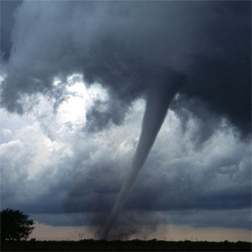Tornado observed by the VORTEX-99 team on May 3, 1999, in central Oklahoma.
Click on image for full size
Courtesy of NOAA
Tornado Scales
Suppose someone put two boxes in front of you, one small and one large. The boxes are sealed tightly and you can't see what's in them. You wouldn't know which box would be heavier because you don't know what's in them. You might think the large box would be heavy and the small box light. But what if the large box was empty and the small box contained rocks. Then that would be a surprise!
Tornadoes are a little bit like those boxes. You can't tell how strong a tornado is by looking at its size! Big tornadoes might be strong or weak.
So scientists group tornadoes based on the damage they cause. That is, they group them after they are gone, not before. This scale is called the Enhanced Fujita Scale and it has been used since 2007.
You might also be interested in:

What types of instructional experiences help K-8 students learn science with understanding? What do science educators teachers, teacher leaders, science specialists, professional development staff, curriculum designers, school administrators need to know to create and support such experiences?
...more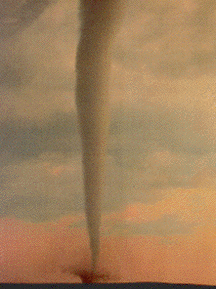
Tornadoes form from severe thunderstorms. They are very destructive because they have a high energy density. They also don't last very long. This makes it hard to learn about them. Since scientists don't
...more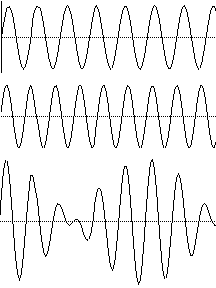
Sound travels in waves. When the waves hit your ear, you hear a sound. Have you ever noticed the waves in the ocean? They go up and down, up and down. Sound waves act the same way. The number of times
...more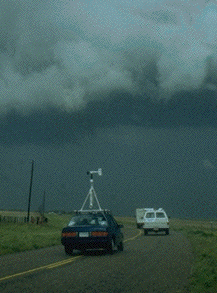
Storm chasers are different than storm spotters. Chasers travel around Tornado Alley looking for severe storms and tornadoes. Sometime there are dozens of chasers following the same storm. All kinds of
...more
A tornado is the most destructive natural storm. You might think that this also means that tornadoes are the strongest storms; that's not the case. In fact, a thunderstorm which produces a tornado can
...more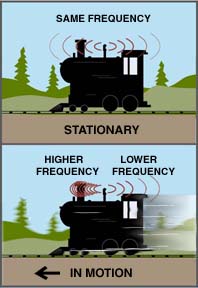
The Doppler effect was named after Christian Doppler, who first came up with the idea in 1842. He learned that sound waves would be pushed closer together if the source of the sound was moving toward you.
...more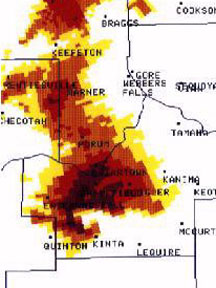
Tornadoes are hard to forecast. They don't last very long so there's not much time to figure out what's happening. Also, scientists don't really know how they form. They know what the weather's like when
...more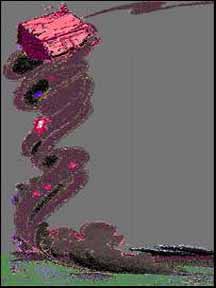
Has someone told you to open your windows during a tornado? Or has someone told you that you don't have to worry about tornadoes because the place where you live is protected? These are two of the most
...more


